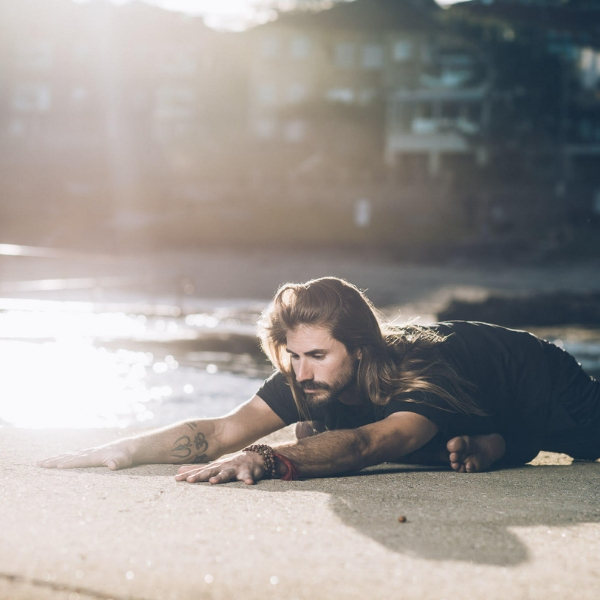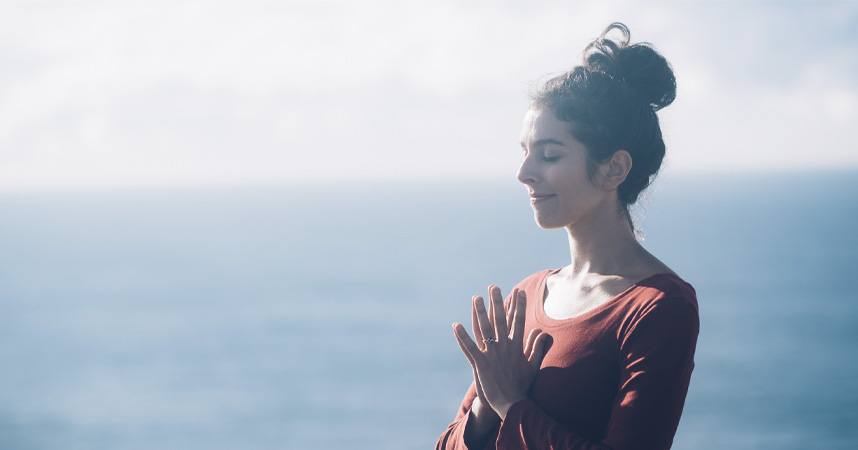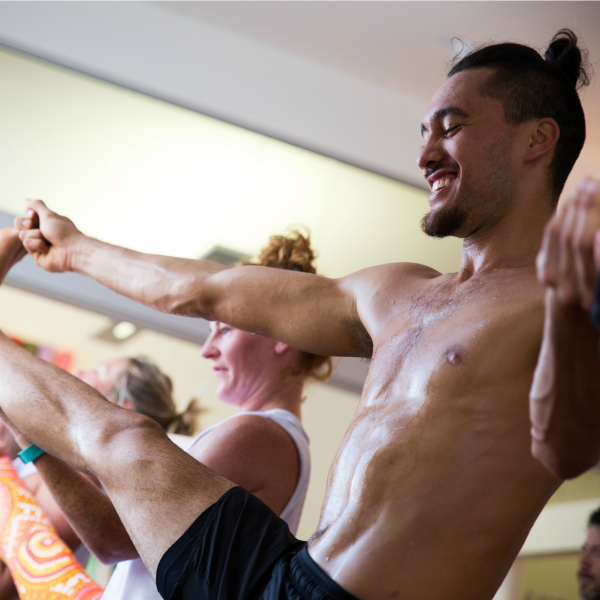30 Oct YIN YOGA: WHAT IT IS AND WHY TO TRY IT TODAY

Written by Tamara Siekman ・ Image by William Randles ・ 5 mins
In a time where ‘being busy’ is now the norm, yoga has become increasingly popular in the western world as a way to ‘wind down’ and practice mindfulness.
The only issue with this is the style of yoga that is popular these days is very much yang based in a room full of people sweating it out to the latest beats. Although this is a great form of exercise it is not giving our ‘over stimulated’ bodies what we actually need to recover from our hectic schedules.
When we constantly live in a yang state our sympathetic nervous system (fight and flight mode) is working overtime; releasing adrenalin, increasing our heart-rate, slowing digestion, tightening muscles etc. Over a long period of time if we continue in this state of flux it can take it’s toll on our bodies; causing disease, early deterioration of our organs, depression, anxiety, loss of sleep..not good news.
Yin Yoga is a passive, more meditative style of yoga which is a great way to wind down from our ‘busy’ lives as it kicks into our parasympathetic nervous system which; lowers your heart rate and blood pressure, relaxes muscles, helps with digestion, fights infection, increases immunity, releases endorphins just to name a few. In short it is responsible for controlling the balance and maintenance of the bodies systems which aides in a more healthy and hopefully longer, happier life.
Yin Yoga also compliments the more yang forms of exercise (which is most of them) as it targets the connective tissues, ligaments, fascia, bones and even the joints which can be left out when doing more active exercise. This makes Yin Yoga a wonderful way to maintain flexibility and movement in the joints which are known to deteriorate with the ageing process.
To give you an idea of what you could expect in a Yin Yoga class – you will come into a posture, find your appropriate edge (which means coming into the pose non-agressively and sensitively, ensuring the breath remains slow and not forced), then stay a while. You could also use props such as bolsters/blankets or blocks to support areas in need.
The term ‘a while’ could be anywhere between 1-3 minutes for a beginner and for someone more advanced 3-6 minutes or even longer.
From my experience I believe you will leave a yin class feeling more; relaxed, clear headed, limber, elated, full heart and feel like you have just been given a juicy big hug.….and if all that is not enough to make you want to try a Yin class – I don’t know what will.
Source Yoga Junction
Yin Yoga is scheduled regularly in Power Living studios and if you want in on Yin, we have our Peaceful Warrior Retreat coming up on 24 February.
Slow down, escape your normal routine and create space within for yourself. A beautiful blend of learning about Traditional Chinese Medicine [TCM] theory, yin yoga and its accompanying philosophies, this retreat will directly impact your personal practise and the lives of the students you teach. During the retreat, you will:
- Take a deeper look at the 12 myofascial meridian lines and body reading in order to implement sequencing into your teachings that can help transform bodies and lifelong injuries
- Learn the concepts of Fascial Rehydration and how to deliver this knowledge powerfully to your students.
- Daily meditation, pranayama, dynamic yin flows and long, juicy yin practices using fascial lines, chi balls and creative sequencing to expand and balance energy in the body.
- Work directly with Duncan Peak and Truth Robinson, learning from their expansive combined knowledge, ultimately walking away with a concise understanding of the yin practice and how you can practice it in your daily life or, go on to teach it to your students, as well.
Slow your week down and register for your spot on the retreat here.



